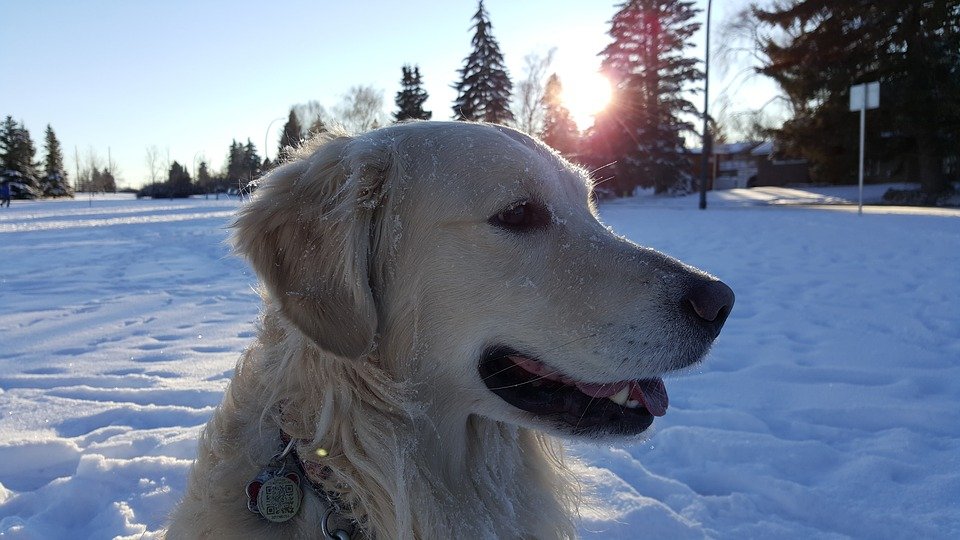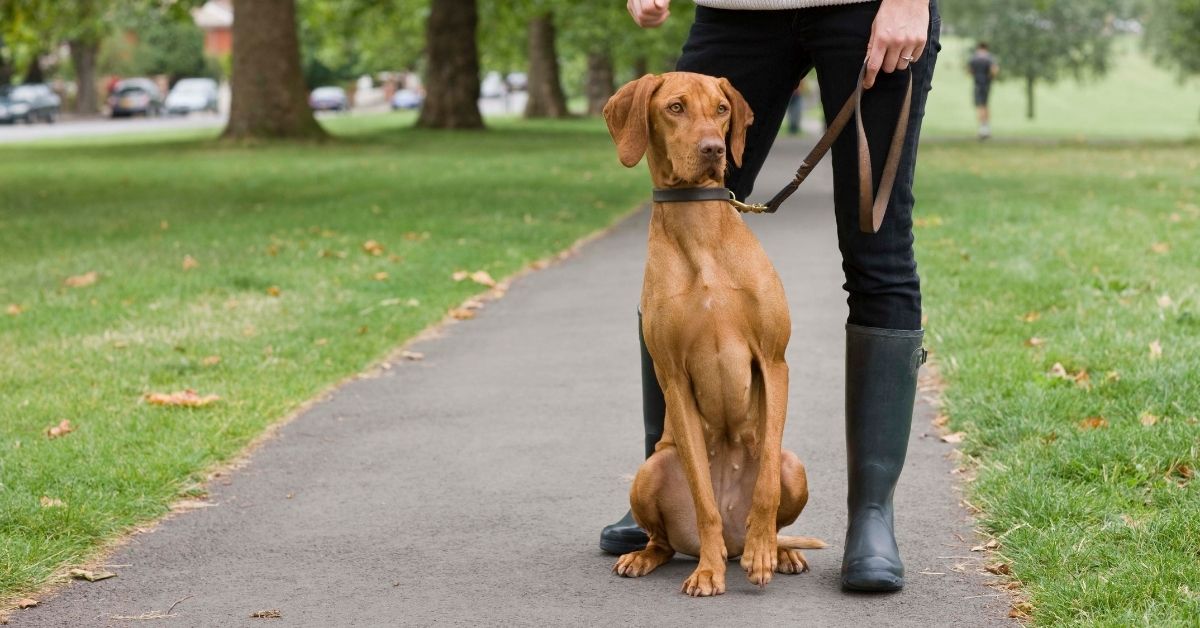Ways to Protect Your Dog from Winter Weather
While there are plenty of indoor safety concerns to worry about, the winter brings many outdoor safety issues for your pooch. Dogs are just as susceptible to the dangers of extreme weather changes as we are. The winter season brings its own specific dangers to our furry friends, but we can make sure they stay safe and warm with a little planning and care.
Start with a Vet Visit
It’s always a good idea to have yearly wellness check-ups, and before the cold weather sets in could be a good time to be prepared for any issues. Cold weather can make conditions, such as arthritis, worse and your vet can help you come up with a plan to keep your dog comfortable during the season.
Your vet can also assess dietary issues and make necessary changes to compensate for less exercise or dry skin problems.
Cold Weather Care
Every dog and bred has varied tolerance levels for cold weather. Size, coat thickness, age, and current health issues all pay a part in how well your dog will handle the cold. Certain health problems, such as diabetes, heart disease, kidney disease, and hormonal imbalances can make it hard for a dog to regulate body temperature. Assess your dog’s needs and decide if they ay need some extra layers going outside. You can also purchase sweaters, coats, booties for dogs to help them weather the season.
Keep your dog on a leash anytime you go outside. Dogs tent to get lost easier in the winter due to the snow and ice masking some of their usual markets used for navigating their way home.
After walks, wipe your dog’s paws, legs, and belly to remove possible de-icers, salt or other chemicals that he might pick up outside. These can be dangerous if your dog decides to clean himself and ingests the chemicals.
Your dog’s paws can take a beating in cold weather. Cracking. bleeding. and irritation on dogs’ paws are common injuries during the season. Check them frequently for damage. Apply a paw protectant, such as petroleum jelly before and after walks to prevent injury.
Avoid ponds and lakes where your dog could chase after something and break through the ice. That scenario could be dangerous for both dog and owner when you try to help.
Be on the lookout for signs of hypothermia: shivering, weakness, slowed heart rate, and lethargy. if your dog exhibits these symptoms, get him inside immediately and seek medical attention if symptoms worsen.
Safety at Home in the Winter
Provide some safe options for your dog’s sleeping arrangements indoors. Dogs may move around the house and change their sleeping locations based on their need for more or less warmth. They may lay down on a bare floor until they get chilled and then move to a comfier cushion to warm up and get comfortable for the night.
Avoid bathing your dog frequently in the winter. Dry skin, flaking, and rashes can be made worse by bathing. Try using a water-less shampoo option for the cold weather.
This season also tends to bring dogs in contact with more possible ingestible dangers than usual. Chocolate is a popular gift during the holidays which is actually dangerous for dogs to eat. Be aware of it being placed in gifts under the tree where your dog can gain access to it. Holiday plants, such as poinsettias, are also toxic when ingested by dogs.
Protect your dog from coming in contact with chemically-based de-icers and antifreeze. These can be extremely harmful to pets, even in small amounts. Be sure to clean up spills immediately and keep these chemicals out of reach.
Severe weather and blizzards can bring power outages. Remember to include your dog in emergency planning. Have enough extra food and water for your dog to last at least five days. Don’t forget about your dog’s medications. You would want them to be comfortable and healthy while you weather a sudden storm.
Taking these steps to care for your dog will help you both enjoy the winter season in a happy and safe environment.






